Never before has there been a better time to get into the trading game, and it’s got a lot of new traders asking, “Can I start stock trading with 100 dollars?”
So, good old Brettsky isn’t going to leave you hanging on this one, so I’ll be answering that question and a lot more in this quickstart guide to learning to trade stocks.
Can I Start Stock Trading With 100 Dollars – The Real Question
Before we get too deep into this, I want to define the question a bit so you know where I’m coming from on this.
I see the question, “Can I start stock trading with 100 dollars?” as really having two possible intentions.
The first being, “Is it possible to make a trade with only $100?” In this case I’d assume you already have a brokerage account set up, funded and ready to trade and you’re curious if you can trade stocks or options by using only $100 of your total funded amount.
The second question I see (which is most likely the intention) is more, “Can I open a trading account with $100?”
And so it’s with this in mind that I’ll answer both questions so as to give you a complete answer.
Placing a Trade for Only $100
 Now, if you’re wondering if you can make a trade for only $100, the short answer is, “Yes.”
Now, if you’re wondering if you can make a trade for only $100, the short answer is, “Yes.”
You can easily place a trade to buy stocks that will cost you less than $100.
Of course, you may not be able to pick up some of the big blue-chip stocks out there, but you can certainly get started and buy some medium or small cap company stocks for less than $100 to get your start.
If you’re hoping to trade options, it’s going to be a bit tougher.
In order to place a trade for $100 or less, you’ll either have to trade short-dated options (like the weekly options) or you’ll have to buy options that are a long way out of the money.
Buying options that are really far out of the money makes your chances of a successful trade much less, so a trade like this might be the equivalent of throwing your money away.
If, on the other hand, you’ve got a decent account size (and one approved to sell options), you might be able to make money selling weekly put options for income as in our article here.
Other than that, your options are limited to placing small stock trades for either penny stocks or small-mid cap stock swing trades.
Unfortunately in this case, the trade alerts that we offer through “The Empirical Collective” wouldn’t work as you’d need at minimum about $1,000 to trade with as most of the contracts we trade control 100 shares of stock, and pricing can be between $1-2 each.
So while technically you might be able to shoe-horn a trade in, you’d use up your entire trading account with only 1 trade if you only had $100 to invest or trade.
Realistically, if you’ve only got $100 to get started and trade with, I’d recommend buying some stocks with it.
Choose one in an industry that’s trending up, has good financials and buy it as a start on your investment journey.
Then, once you’ve got more money saved that you can trade with, then you can look into either joining “The Empirical Collective” or signing up for a different trade alerts program (like the penny stocks or small cap stocks ones recommended above).
But if you’ve only got $100, you’ll have to stick with just purchasing a few shares and building up gradually for now.
And there’s certainly nothing wrong with that.
After all, “Don’t despise the day of small beginnings….”
Setting Up a Trade Account With Only $100
If your question is more of the “Can I set up a trading account with only $100?” then that’s something else altogether.
For the vast majority of online brokers, they do require some sort of initial deposit made in order to open an account.
Questrade’s minimum (which is the broker I use) is $1,000.
TD Ameritrade’s minimum deposit amount is $2,000.
Interactive Brokers have a minimum of $10,000.
Robinhood has a minimum of $2,000 required to open an account.
So if you’re short on cash, I’d recommend opening an account with Questrade or TD Ameritrade.
You know that I love Questrade as they’ve got a really low minimum deposit amount, which makes it easy for new traders to get started. They’ve got no fee ETF purchases and really low fees on everything else. I’ve found their online support (particularly their online chat) to be an incredible help and very easy to use. If you haven’t already, I’d recommend you sign up for an account with them here.
I don’t have any experience trading with Robinhood, but their reviews look pretty good as they offer a lot of no-fee trades in the form of stocks, options and cryptocurrency.
That said, they don’t offer any sort of mutual funds or retirement accounts and I’ve heard that they offer little to no customer support. So Robinhood might be good for experienced users, but if you need any sort of help this might not be for you.
TD Ameritrade has been around forever and have a pretty good stock trading platform that they offer, so in my mind it’s a great option for Americans who can’t open an account with Questrade. Like many other companies, they offer no fee investing on stocks, options and ETF trades. And unlike Robinhood, they’ve got good customer support.
One thing to watch with many accounts is that they will claim that it doesn’t cost anything for you to open an account – which may be technically true – but when it comes to trading stocks you will need to deposit a minimum amount before they will let you trade.
There’s just no getting around that – in order to trade stocks in a margin account (which is what you need if you’re going to do any sort of trading) you’re going to have to make a minimum deposit.
And unfortunately $100 just isn’t going to do it.
Commonly Asked Questions by other Traders
What is candlestick pattern trading?
Candlestick pattern trading is a method of technical analysis which analyzes trend lines and patterns found in the movements of the stocks.
Candlesticks themselves represent a period of time for which buyers and sellers exchanged views about that particular stock. Whether it’s recent as far as minutes or as distant as weeks past, candlesticks can tell traders everything they need to know about market sentiment regarding this stock. Without knowing how to read candlesticks you’re at risk of overpaying for a stock, but with careful study you can quickly see patterns among other technical indicators and make better decisions faster than ever before!
How to start stock trading with 100 dollars?
First, learn about stocks. Look at different market indexes and research the companies so you have a better understanding of what investors on those indices are investing in. Next, gain a thorough knowledge of margin trading and brokerages as well as how to use brokerage sites like E*Trade or Schwab.
Finally, after following these steps you can follow up with learning how to read basic stock charts online by checking out this book here.
What are some tools for stock trading?
There is no one right answer, and the list of available tools seems to change all the time. At this point, we recommend using a free stock trading tool like Finviz or ZuluTrade’s Zulu Signals app for smartphones.
There are as many positions as there are investors and as such high risk tolerance among them vary quite a lot, but some common positions include long positino (going long) which means you hope that your chosen stock rises in value; short position (going short) which means you think that it’ll fall; and neutral or hedging position (intentional buying of stocks and shares with equal amounts on buy-orders and sell orders).
What are the rules for buying and selling stocks?
The primary rule when purchasing stocks is to conduct thorough due diligence, research into the company before buying their stock. It’s always best to buy stocks that are undervalued because you’re actually getting more than the person who purchased the stock in the past.
Purchasing stocks in a company following rules can lead to great financial success; however it is important not to neglect investing in yourself too. Investing in personal skills and attributes provides individuals with tools necessary for increasing socioeconomic mobility both now and years down the road. Continuing education should be done even if one does not work formally again, as different vocational options may arise at any point – including highly lucrative opportunities through traditional academia or informal “lifelong learning”.
What is a dollar index trading strategy?
A dollar index trading strategy is a broad-based and global stock market investing strategy. The strategy typically buys all of the stocks in the MSCI All Country World Index ex US Index.
The Dow Jones Industrial Average, also known as “industrial average” or “the DJIA”, is a price-weighted average of 30 major American companies’ stocks that are traded on the New York Stock Exchange (NYSE), such as General Electric and Apple Inc., which lists each stock’s current price rather than its total value. Using this index for investing purposes means you’ll own several different companies that vary in their business strategies, size, profits/losses, involvement with countries outside America, etc.
What is Line chart investing?
A line chart investment strategy plots a security’s price on a stock market index over time, and invests in the security based on its performance relative to that index.
This can be a sound approach to investing if the purpose of taking this type of risk is merely to generate cash flow from interest. It shares characteristics with traditional stop loss orders, but allows more flexibility because the investor only has one thing – an asset price-to-index ratio or “relative strength indicator” – controlling his or her position sizing. There are several drawbacks which investors should take into consideration before implementing these kinds of positions, including FX rate fluctuations and sudden changes in financial indices caused by volatility within their various markets.
What are the alternatives of investing in the stock market?
There are plenty of alternatives for investing in the stock market, the investment decisions you make depend on what your goals are.
There are options like index funds or investing in bonds if you prefer to invest with less risk. If you feel more comfortable taking a higher risk on investments then there is stock trading or considering some other form of investment vehicle altogether–but please be aware that this type of investment would require sound knowledge and experience on what income-generating approaches work best before making any decision.
If you’re looking for ways to diversify your portfolio, there may be the option to purchase ETFs that will help cut down volatility risks while still accumulating passive income dividends–particularly stocks with a high potential for capital gains distributions.
What is Day Trading?
Day trading is a style of possible stock market speculation that attempts to make quick profits from short-term trade price movements. These trades happen in rapid succession, as opposed to buying and holding an investment for a long time. Possible strategies include momentum trading where the trader looks for positive or negative trends over few days or less as well as scalp or intraday trading.
Though this type of trading can be profitable if done right, it can also lead to considerable losses if done improperly, which is why professional day traders have typically been required to hold a certain net worth under their account.
How to be successful in the stock market
A few tricks to being successful in the stock market are to be disciplined, diversify your portfolio, and pick stocks based on research.
To be disciplined is key. If you are not disciplined then it doesn’t matter what else you do because that will lead to failure.
Diversifying your portfolio is another key component for success. One good way of accomplishing this is by holding a little bit of everything in different stocks, bonds, money markets or even commodities or other asset classes altogether.
Finally picking stocks duly researched means finding companies that have strong potential for growth so long as their management team stays in place and executes properly on its strategy.
Why is trading software important for beginners?
Software can teach any beginner about risk management, when to enter a position, when to exit a position, and how to hedge bets in different markets.
If you want to use software, we recommend this software.
How can anyone trade stocks like a pro?
Follow the trade alerts from a pro, like we’ve set up in The Empirical Collective.
It’s important to have a solid understanding of the market, including how it creates cycles and patterns which you can anticipate. You also need a strong understanding of human behavior as well as math skills to calculate percentage changes from data sets. Lastly, creating contingency plans based on those calculations is paramount.
In addition to accurately reading graphs and stats, comprehension of Forex trading needs an ability not only to identify different patterns but also be able to predict future trends and outcomes (before they even happen). Naivety or thinking stocks are like ‘slot machines’ is what usually leads people astray — stock markets work really differently than public lotteries though the psychology behind both games still pulls at players like magnets.
How to analyze the markets and invest wisely?
Currently, it’s in your best interest to invest in diversified stocks. Over the long term, they tend to outperform most other investment vehicles like bonds or managed mutual funds.
Over the short term (sometime less than one year), expect fluctuations in day-to-day prices – they can really vary. A lot of this has to do with economic conditions and recent news stories over any given day, which are hard to predict ahead of time with any consistency.
Longer term investments tend not affect you as much with arbitrary international events that appear out of thin air since these “fluctuations” occur on a more predictable schedule.
How to invest $100 in the stock market?
First you need to know what your expectations are. If you are willing to deal with risk, then investing in an index fund can be an excellent way to invest that money. The S&P 500 has risen 170% in the last 10 years, so it could be a good place for someone who’s looking for moderate returns with little volatility. If you want more stability and less risk, the Russell 2000 might be better because it is not exposed to international markets and includes many small-cap companies that have performed well over the past decade because of their low P/E ratio.
What are the different types of stocks that you can buy?
There are different types of stocks you can invest in. If you are good at predicting the most profitable companies or sectors, then perhaps buying individual stocks would be for you. If you want to take a more conservative approach, index funds will provide some insulation against market swings.
Where index funds come into play is their ability to keep pace with the changes in broader markets–such as the S&P 500–while providing low-cost diversification. They do this by investing in an array of investments that mirror major indexes and that cancel out each other’s volatility so that the average stock remains stable over time.
What is a stock index trading strategy?
The purpose of the strategy is to generate steady returns while minimizing risks.
There are two general approaches to an index trading strategy. One relies on composites, buying pieces of many companies in accordance with the relative weightings of the economic sector or industry group they represent. The other relies on baskets, made by picking out individual stocks that have performed well over a specified period. Some strategists believe one can do better than another, but there’s really no way to know without comparing them using years worth of performance records under identical conditions (same entry points and exits). Therefore, for purposes here an investor might employ both strategies alternatively at different times – this gives higher overall volatility but possibly higher returns if employed well.
What are the different ways to invest in stocks?
There are a ton of different ways to invest in stocks. You can work for a company and receive stock options which will be worth more the longer you work there, or invest your money in a Pooled Investment Fund Pool. Trusts, Hedge funds, and Venture Capitalists all have their own way of investing in stocks to balance risk with reward.
In this economy, it’s great that so many people have been using the momentum from their homes for investments because it sustained them through 2008 when other markets crashed! But nowadays, stocks seem like one of the safest bets if you get nervous about other markets crashing…most experts recommend diversifying by balancing stocks with some bonds or real estate opportunities as well!
What is Candle Trading?
Candle Trading is a technique for counting Japanese candlesticks.
Candle Trading is a Japan-based system designed to help traders keep track of which sessions are profitable and which are not.
Candle trading is useful because it lets you know if trades have been going well so that, if they start grinding down, you can get out early with minimal lost.
In candle trading terminology yellow candles signify that the last session closed in profit while red candles indicate that the session resulted in a loss. Green candles also exist and these signify what we call “green days,” days when the market closed higher than its previous close while keeping up some interest at the same time.
What is day trading?
Day trading is buying and selling stocks within the same day, with the intent to profit from short-term swings in the stock’s price.
Day trading is an investment style involving buying or selling securities on a “daily” basis, or in this case within one trading session. It means you open buy and sell trades each day.
How do you get out of the stock market?
Sell all your shares.
If you want to get out of the stock market, one way is to sell all your shares. The other way is to buy a couple hundred dollar bills in case funds are tight at the moment. If you have the time, being in cash doesn’t hurt too much if it’s managed properly and profitable in years where the market only goes up. However, when that huge correction arrives gunning for much larger percentage drops then before it will be hard enough but when people are scared they are often mistaken to exit stocks which will cause massive dives because everyone wants their money back at once. Buying into bad times would be difficult no matter what (though there’s some different options like buying call options).

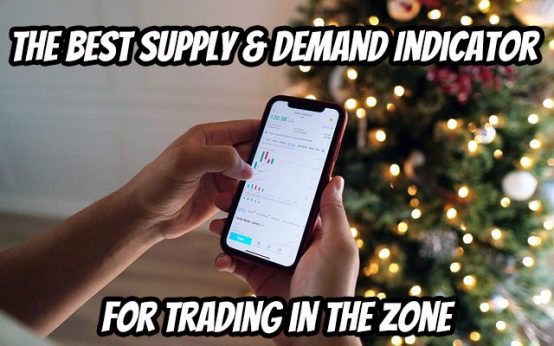 The Best Supply and Demand Indicator for Trading in the Zone
The Best Supply and Demand Indicator for Trading in the Zone 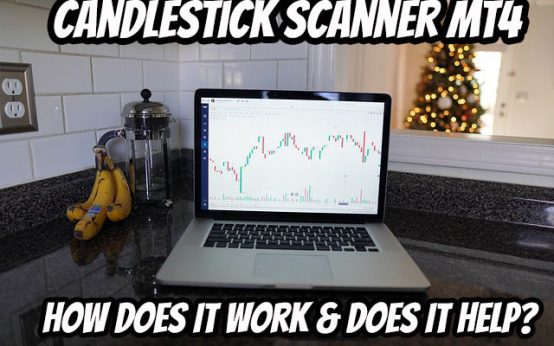 Candlestick Scanner MT4: How Does It Work & Does It Help?
Candlestick Scanner MT4: How Does It Work & Does It Help? 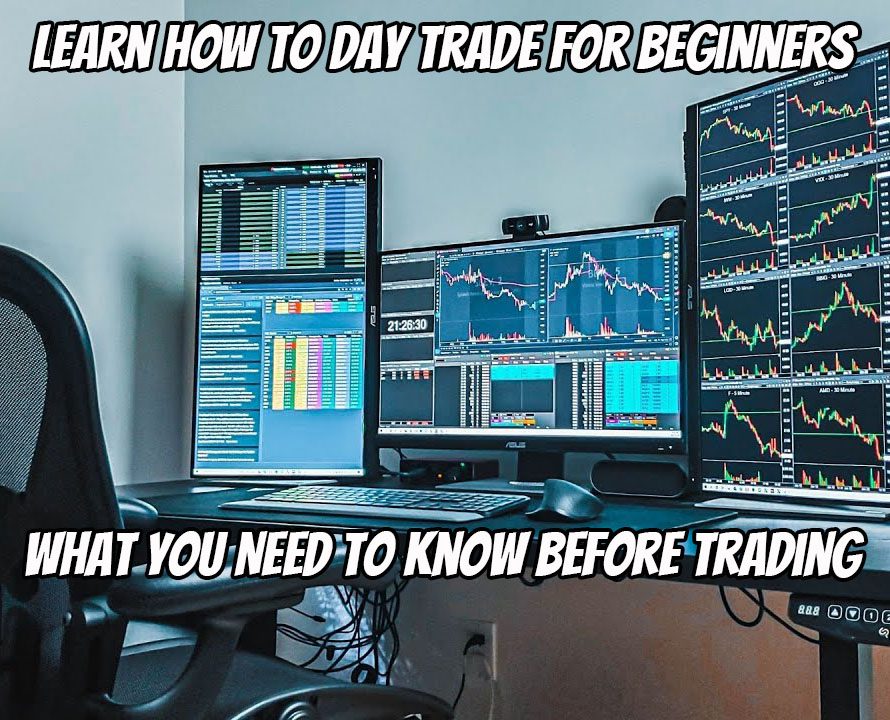 Learn How to Day Trade for Beginners – What You Need To Know Before Trading
Learn How to Day Trade for Beginners – What You Need To Know Before Trading 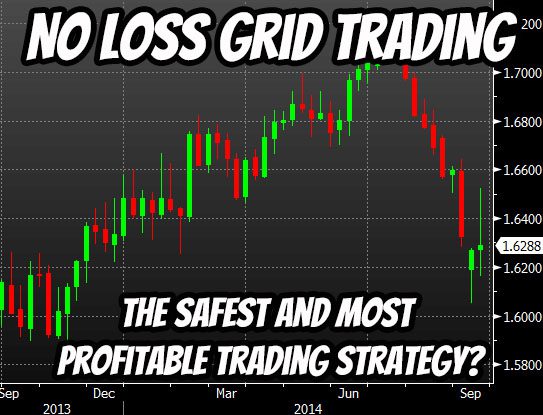 No Loss Grid Trading – The Safest and Most Profitable Trading Strategy?
No Loss Grid Trading – The Safest and Most Profitable Trading Strategy? 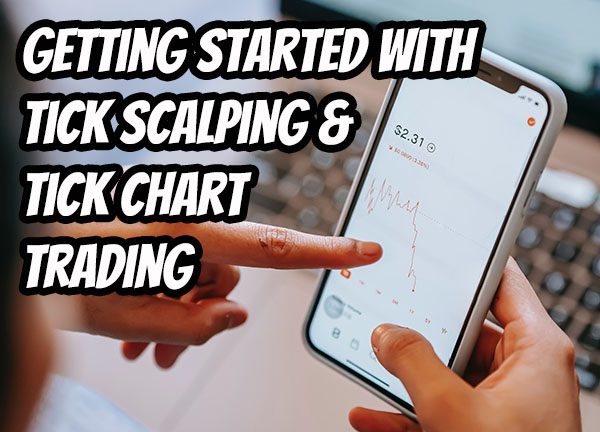 Getting Started With Tick Scalping & Tick Chart Trading
Getting Started With Tick Scalping & Tick Chart Trading  Shark Fin Trading Indicator: Here’s How to Discover This Harmonic Trading Pattern
Shark Fin Trading Indicator: Here’s How to Discover This Harmonic Trading Pattern